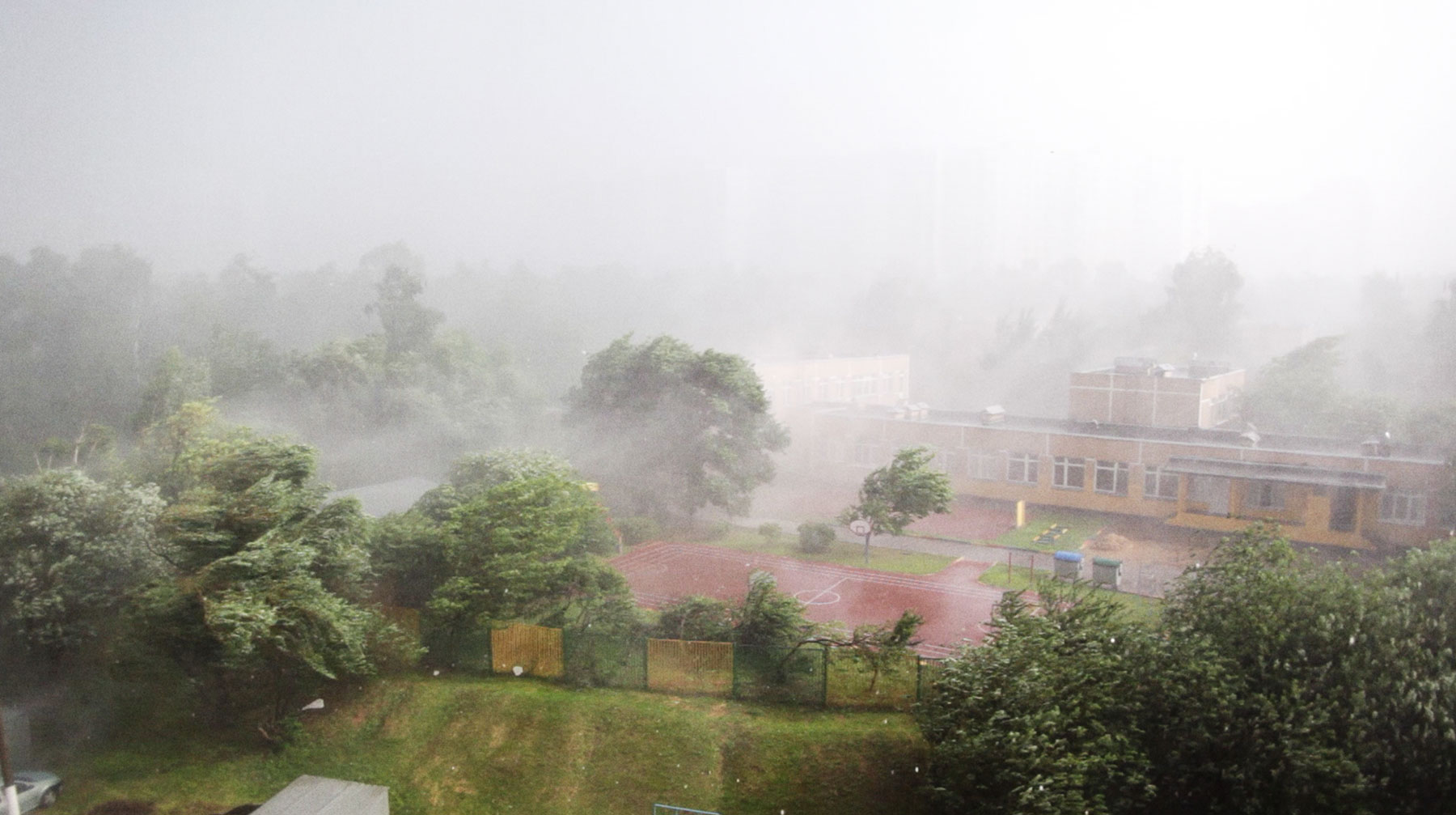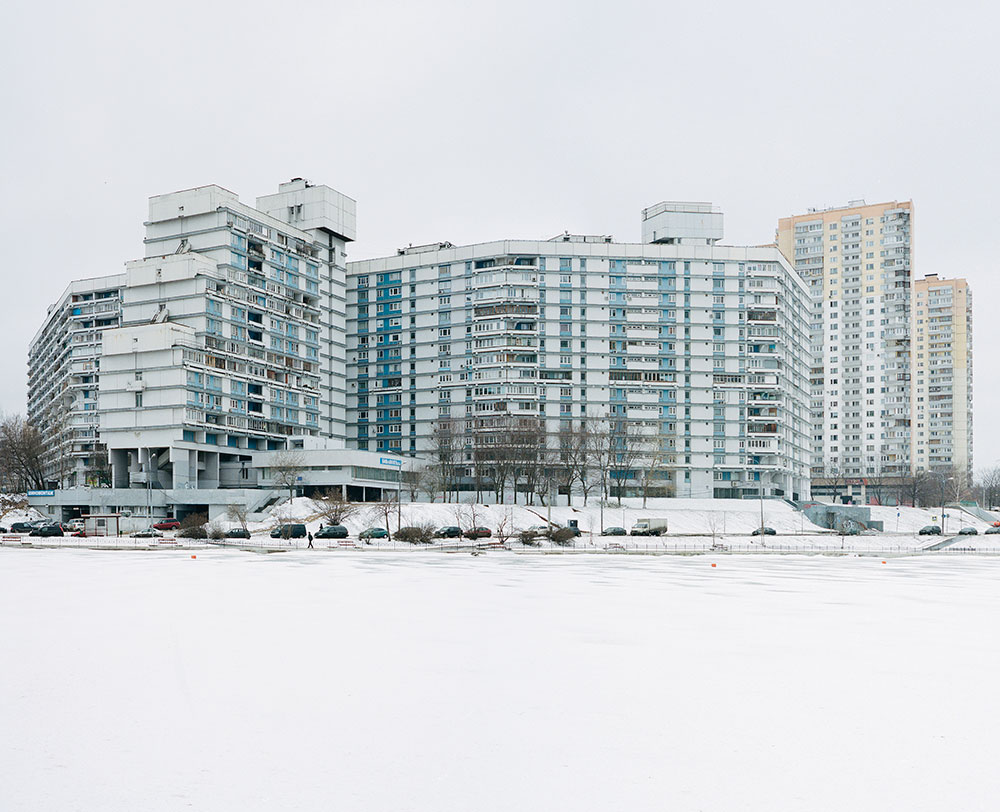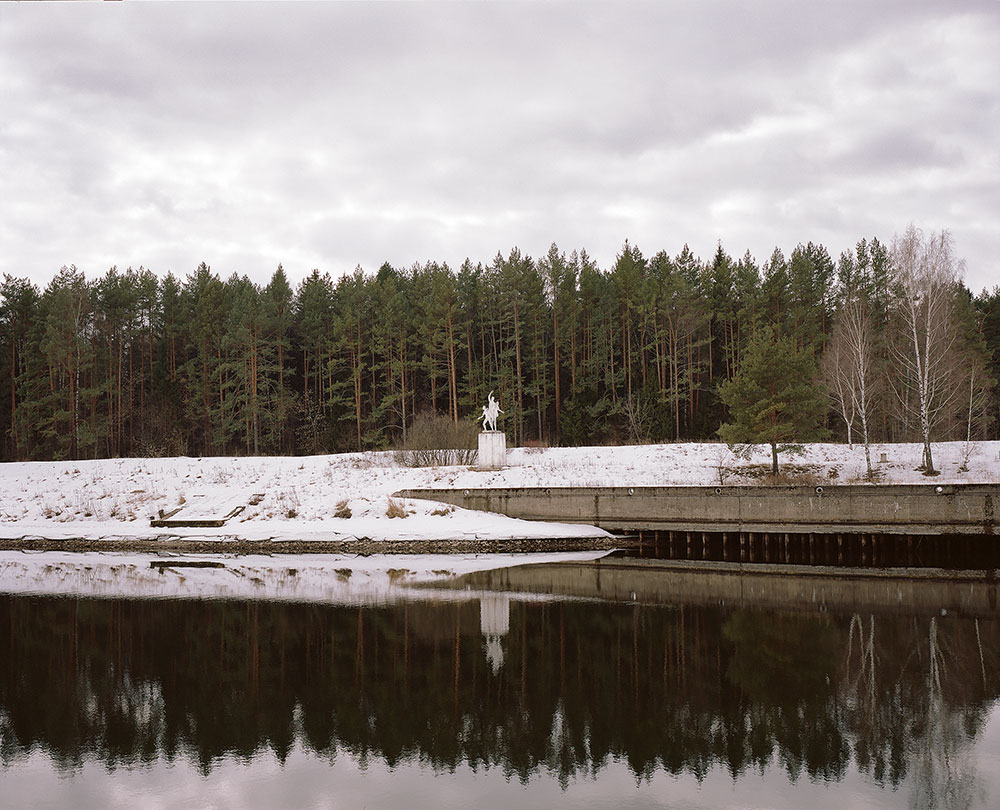Lofty statues and roadside oddities: what can we learn about Russia in Moscow’s margins?
The architecture on the outskirts of Moscow might not be to everyone’s taste, but the zany and appealingly tawdry aesthetics prove that Russia’s urban spaces are anything but ubiquitous.
Moscow once ranked as one of the richest cities in the world. While sanctions and falling oil prices may have knocked the Russian capital off this year’s list of the world’s 100 most expensive cities for expats, for ordinary Russians, the cost of living in Moscow is at an all-time high.
But if premium prices put a hefty burden on Muscovites compared to their regional counterparts, living in the capital also has its benefits: higher living standards, better infrastructure and more opportunities. For many, life in Moscow is simply incomparable to elsewhere in Russia. It’s a complaint — and a compliment — that’s common from Muscovites and outsiders.
But how far from Moscow do you need to go before you escape the clutches of the capital’s charmed glow, and begin to notice real differences in the quality of living? This question was on the mind of Ivan Krasnov when he boarded a train to the outskirts of the capital.
Dulyovo, 84 km away from Moscow
An experienced photojournalist and picture editor, Krasnov wanted a break from the 24-hour news cycle, and decided to pursue documentary photography to explore his surroundings at a slower pace. “In my line of work, you have to react quickly and keep your reportage skills sharp. Usually, I don’t have time to go deeper into a topic. Photography is an incredible tool for exploring society,” Krasnov reveals. Sometimes, he says, it takes a while to figure out what he wants to say.
For his series Inner Circle, he journeyed immediately outside of Moscow, using the so-called “Greater Ring” as his guide — a transportation network which connects 11 railway lines radiating from the capital. It was there that he started to notice the peculiarities of modern life outside of the metropolis, both in the urban landscapes and the lifestyles of its residents. “It can be the aesthetics of the architecture or advertising, or the way that people communicate with each other,” he clarifies. “I was trying to capture details that stood out for me. When something grabs your attention, you can’t help but ask: what is this and why is it here?”
Chekhov, 68 km away from Moscow
Predictably quirky, the series features a bizarre array of statues among its oddities: reproductions of boats, tanks, as well as a basketballer waiting on the sidelines. Other images are unashamedly banal, like the strangely charming photo of trainers dangling from a washing line.
“Big cities often swallow up all these idiosyncrasies,” says Krasnov. His objective was to document all the places that tourists don’t get to see and uncover what makes them unique. “Sometimes you find beauty, other times it’s punchline to a joke.”


